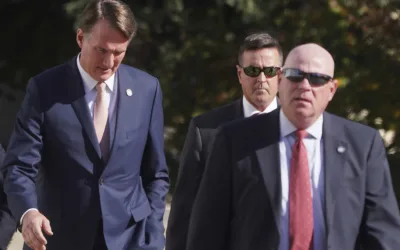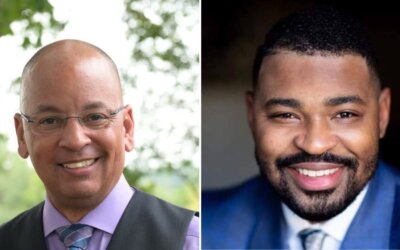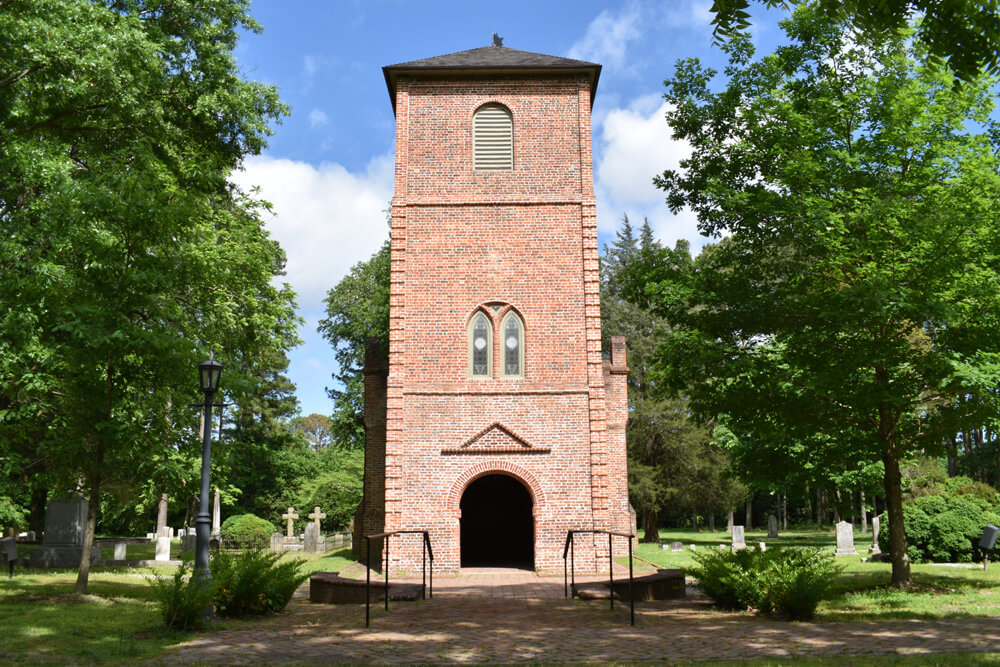
Photo contributed by St. Luke’s Historic Church & Museum
Northam’s executive order caused confusion over the weekend.
RICHMOND – Gov. Ralph Northam’s newest set of restrictions sent some Virginians scrambling on Friday afternoon. They left others scratching their heads.
Among other restrictions, the governor limited gatherings from 250 people down to 25. Although the changes didn’t go into effect until Monday, the restriction sent shockwaves throughout the religious community.
In March, churches across the commonwealth locked their doors. The measure came as a Virginia government order designed to impede the novel coronavirus’s spread.
As restrictions later lifted, some churches went back to in-person meetings, while others remained online. Those that chose to open their doors did so with a series of new precautions in place.
After the initial 25-person capacity restriction came out on Friday, Northam’s reps later clarified that the number did not include things like church congregations and schools, among specific other gatherings. However, churches needed to adhere to Phase Three guidelines in order to operate. Virginia entered Phase Thee on July 1.
Creating a Model
Since the start of the pandemic, the Virginia Conference of the United Methodist Church got on top of the situation.
Ahead of the commonwealth’s return to in-person services, the conference released a 29-page document, which received its sixth and most recent update on Nov. 12. The Technical Assistance Manual for Local Churches provided COVID-19 guidance for more than 1,100 churches throughout the state, hosting approximately 314,000 members.
The manuscript covered everything from safely hosting drive-in church services to holding pre-packaged Communion services during a pandemic.
Directed by Bishop Sharma Lewis, the Back to In-Person Worship Work Group of the Virginia Conference created the pandemic precaution plan. Using the best information and wisdom available from medical, church, governmental and legal sources, the work group emphasized four practices proven to successfully limit the virus’s risk. They included hygiene, physical distancing, wearing face coverings and health screenings.
The group didn’t leave wiggle room for interpretation. Lewis ordered that congregations implement the paper’s rules and protocols no matter the church’s size. Refusal resulted in the termination of services at the noncompliant location.
Planting the Plan
First off, each church created a Healthy Church Team (HCT). That team—consisting of everyone from Senior Clergy and Lead Laity positions to doctors, lawyers, ushers and greeters—provided advice and counsel to a vast group of church and conference leaders.
“[Bishop] really surrounded herself with experts so that she could get the best advice,” said Madeline White, conference director of communications. “We were also listening to our national and state officials to hear what was coming out, so that we could make the best decisions we needed to.”
The HCT helped create individualized plans for their home congregations, while still complying with the safety measures in the conference-wide document.
White expressed the differences in the congregations the conference served throughout the state.
“So it’s interesting. In Virginia, depending on where you are, I know in the past some people have even called it ‘the four different Virginias’ because it really depends. If you’re in Northern Virginia, you might have different internet capabilities than you might if you’re on the Eastern Shore,” White said. “Very much our churches run the gamut of where they are, if they’ve done online services before or not. That’s what we’ve run into this year; some of our churches are very comfortable with online services, so making that transition was very easy. For others, it’s been a learning curve.”
With 16 districts each experiencing different COVID case counts and technological advancements, each congregation applied the best safety practices for their individual churches, while still adhering to the manual.
“It’s important for us to realize with all those numbers and how spread out we are, that not all churches will fit one mold,” White said.
In-Person Services
The manual doesn’t urge churches to return to in-person services immediately. Rather, it provides guidance on how to safely host socially distanced services when congregations feel ready.
“It really is information so that when our churches feel comfortable, they have a way to go back to worship because we do recognize that a number of our churches either don’t feel comfortable right now or they don’t have the capabilities,” White said.
Currently, White estimated that 70% of the conference’s churches held weekly drive-in or in-person services with precautions in place.
Ironically, the Technical Assistance Manual didn’t only help Methodist churches throughout the state. Various faith denominations heard about the document and requested copies for their congregations.
“Our conference leadership has said, ‘Yes. If it’s useful, if it’s helpful to you, you know, that’s why we created it,’” White said.
Commonwealth Churches Avoid COVID
When it comes to denominations, COVID-19 doesn’t discriminate. Congregations across the commonwealth adopted similar pandemic precautions. They also adapted as changes came.
Dr. Derik Hamby, pastor at Randolph Memorial Baptist Church in Madison Heights, led his congregation through the COVID crisis from the start.
First, Hamby addressed important terminology, which set the tone for the church’s positive approach to holding safer-at-home services.
“I don’t like to use the word ‘closed’ because we never closed; we just didn’t meet on campus,” Hamby said. “What we did is we immediately moved online.”
The church broadcasted online services and virtual Bible studies. The congregation also participated in Sunday School sessions over the phone. As the weeks turned into months, Hamby and his team switched from live-streamed church services to a pre-recorded production presentation.
In the late summer, Hamby welcomed the congregation back into the sanctuary, offering two services to keep the members socially and physically distanced. However, not all 175 regular members walked through the church doors.
“About a third of our church comes to worship. Two-thirds worship from home,” Hamby said.
Currently, the church holds one Sunday morning service and also hosts a live-stream online. For the in-person service, the congregation adheres to the state’s COVID-19 precautions, including sitting 6 feet apart from members outside of a single household, wearing masks, performing enhanced cleaning and sanitation practices and more. They also take precautions for Bible studies throughout the week.
“Everybody’s staying connected the best that they can and it seems to be working for us,” Hamby said. “Everybody seems to be very positive and encouraged.”
The Requirements
While churches remained unaffected by Friday’s newest order, Phase Three precautions remain. They include:
- Attendees must maintain 6 feet of distance when seated, as well as maintain physical distance at all times. However, family members from the same household may sit together.
- Churches must mark both seating and common areas where congregations occur in six-foot increments.
- Before and after a service, the church must undergo routine cleaning and disinfection of high-contact surfaces.
- Members must place signage at the church entrance stating that those with a fever or any symptoms of COVID-19 can’t participate during in-person religious services. Also, they must place signage providing public health reminders regarding proper distancing, gatherings, options for high-risk individuals and staying home if sick.
- People using items for food or beverage distribution must discard them after a single use.
- People must wear cloth face coverings during the religious service.
If any place of worship cannot adhere to the requirements, it cannot conduct in-person services.
Amie Knowles reports for The Dogwood. She can be reached at [email protected]
Support Our Cause
Thank you for taking the time to read our work. Before you go, we hope you'll consider supporting our values-driven journalism, which has always strived to make clear what's really at stake for Virginians and our future.
Since day one, our goal here at Dogwood has always been to empower people across the commonwealth with fact-based news and information. We believe that when people are armed with knowledge about what's happening in their local, state, and federal governments—including who is working on their behalf and who is actively trying to block efforts aimed at improving the daily lives of Virginia families—they will be inspired to become civically engaged.


Here’s everything you need to know about this month’s Mercury retrograde
Does everything in your life feel a little more chaotic than usual? Or do you feel like misunderstandings are cropping up more frequently than they...

VIDEO: Check out Dogwood’s new merch line
Big news, Virginia! We've officially launched our Dogwood merch line 🎉 This year, we celebrate 5 years of bringing you Virginia news you can use....
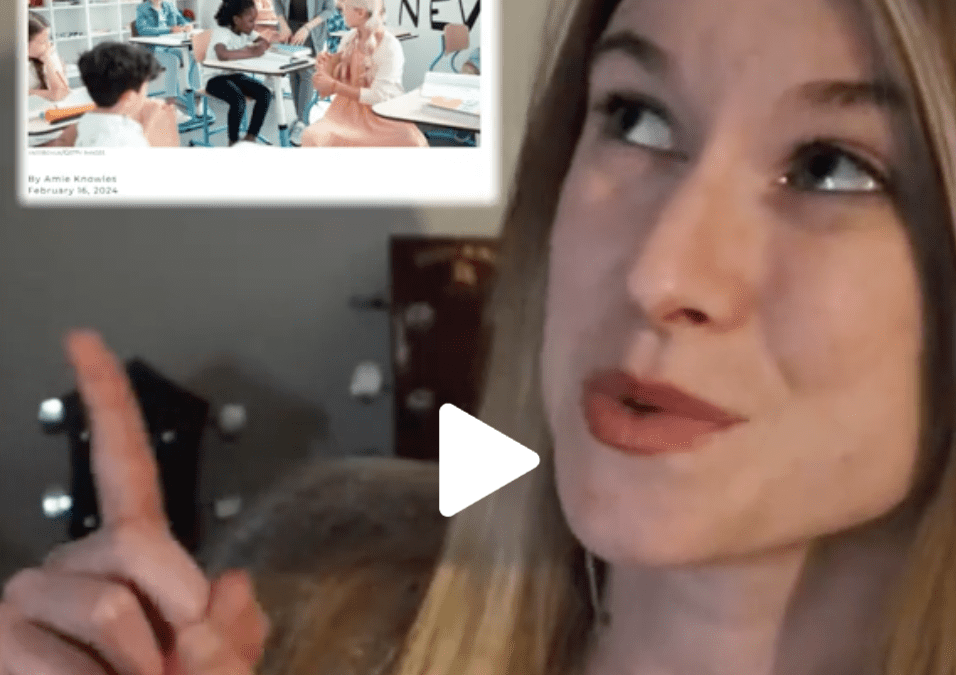
VIDEO: Your support matters!
Your support matters! Donate today. @vadogwoodnews Your support matters! Visit our link in bio to donate today. #virginianews #virginia #community...
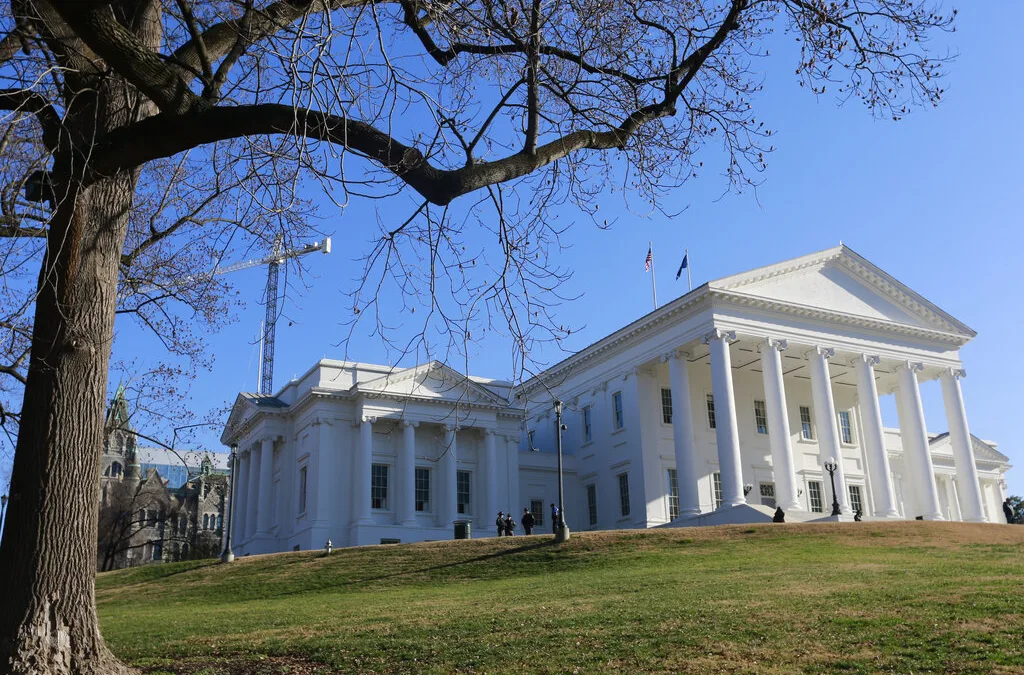
Op-Ed: Virginia’s new Democratic majorities pass key bills to improve your lives, but will Youngkin sign them?
The 2024 Virginia General Assembly regular session has wrapped up. It was a peculiar session from the outset, with Democratic majorities in the...

From the state rock to the state flower, here’s how Virginia got its symbols
Have you ever wondered why the Dogwood is the state flower? Or how the cardinal became the state bird? We’re here to answer those questions and more...

VIDEO: Second-gentleman Douglas Emhoff gives speech on reproductive freedom
Second gentleman, Douglas Emhoff touched on reproductive freedom not only being a woman's issue but "an everyone's issue" during the Biden-Harris...



